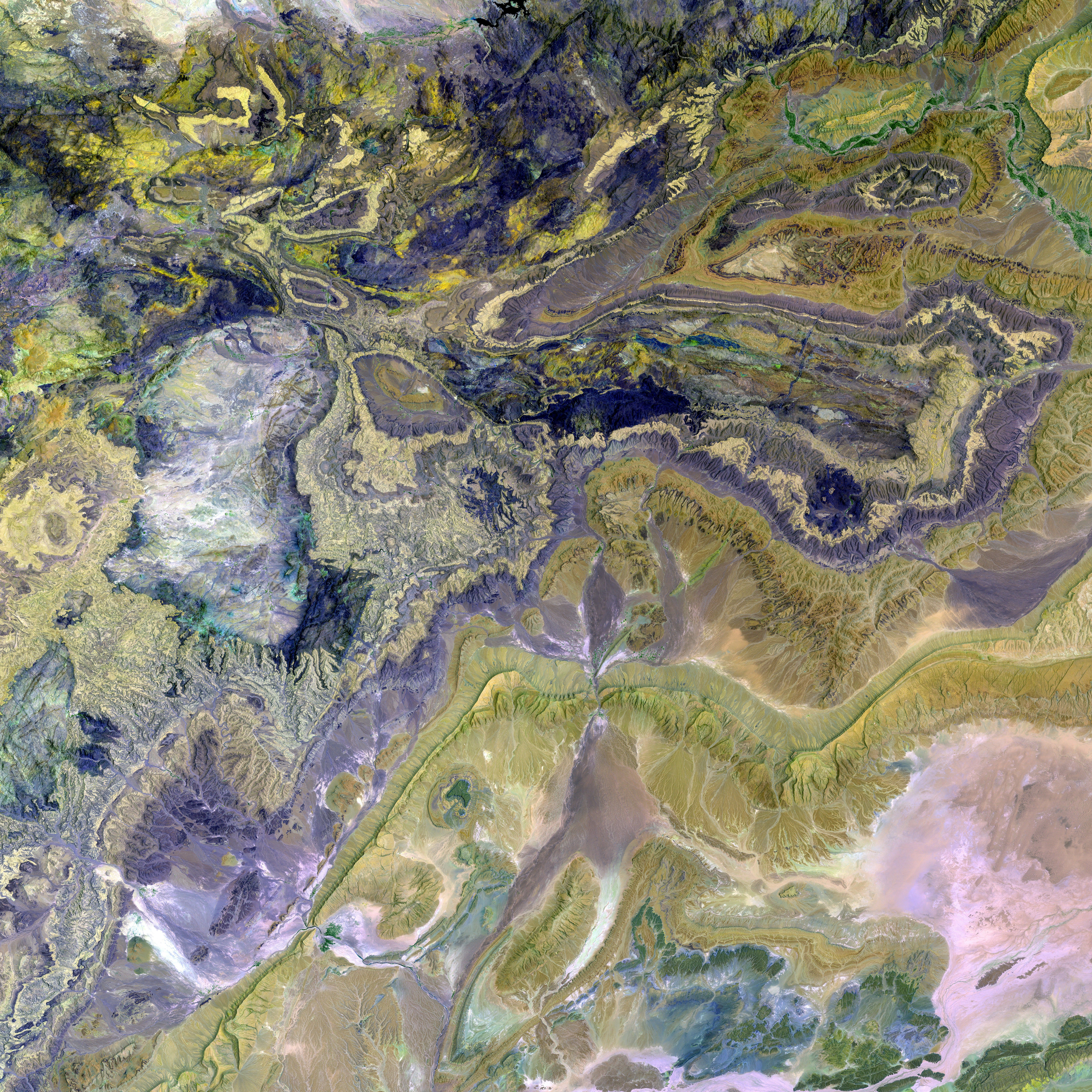Unusual hypothesis surfaces concerning the true cause of a puzzling, lethal disease epidemic unfolding in Queensland.
In the sun-drenched heart of Queensland, a disturbing pattern has emerged. A preeminent medical expert, Dr Simon Smith, has offered a startling hypothesis: the refurbishment of a busy highway might be connected to a surge in a deadly soil-borne illness.
The grim toll of this mysterious affliction, known as melioidosis, has claimed at least 28 lives this year, with an alarming 211 cases documented across the state by April 26th.
A stark contrast to previous years, melioidosis cases multiplied in 2025, prompting Dr Smith to investigate potential causes. In an interview with ABC's 7:30, he proposed one theory hinging on the turmoil caused by the Bruce Highway upgrade.
The colossal $1 billion project, initiated in 2010 near Cairns, could have disturbed the earth, unearthing melioidosis's dangerous bacteria.
"The landscape has undeniably shifted," stated Dr Smith. "We're observing a multitude of roadworks along the urban rural fringe—precisely where most of the cases are emerging."
Collaborating with researchers, Dr Smith has discovered multiple instances of melioidosis outbreaks in suburbs within 2km of the highway since the project's inception.
Yet, it's still premature to pinpoint highway renovations as the definitive cause, cautioned Dr Smith. Other factors, such as variations in the disease's bacteria or environmental changes, might also play a role.
Enterprising in its infrastructure ambitions, the Bruce Highway project is working tirelessly on improving flood resilience, safety, and freight efficiency, having garnered over $7.2 billion for upgrades[2][3][5]. However, the potential health impacts due to soil-borne diseases remain absent in related documents[1][4][5].
Despite the tantalizing hypothesis, more extensive research is needed to substantiate any conclusive connections between melioidosis and infrastructure development, necessitating a meticulous analysis of local health data and environmental impact studies concentrated on specific construction sites.
- The mysterious increase in melioidosis cases, a chronic disease related to health and wellness, has raised concerns in Queensland, a sun-drenched region known for its fitness and exercise culture.
- Tied to this worrying trend, scientists are scrutinizing the relationship between infrastructure developments and this soil-borne illness, citing the Bruce Highway's refurbishment as a potential risk factor.
- A controversial theory suggests that the disruption of soil caused by the multi-billion-dollar Bruce Highway upgrade near Cairns might have released the bacteria responsible for melioidosis.
- With a staggering surge in cases observed in 2025, questions about the environmental impact of such mega projects and their potential influence on the emergence of medical-conditions like melioidosis have become increasingly relevant.
- News outlets, including ABC's 7:30, have reported on the distressing rise in melioidosis cases, underscoring the need for scientific investigation on the intersection of health, environmental science, and climate change.
- While Dr Simon Smith's hypothesis remains unsettled, preliminary findings from his research show possible connections between melioidosis outbreaks and suburbs within 2km of the Bruce Highway, particularly those undergoing construction.
- To fully understand the impact of infrastructure developments on soil-borne diseases and public health, diligent studies addressing nutrition, health, and environmental concerns must delve into the records of local health data and examine specific construction sites, such as the Bruce Highway project.






